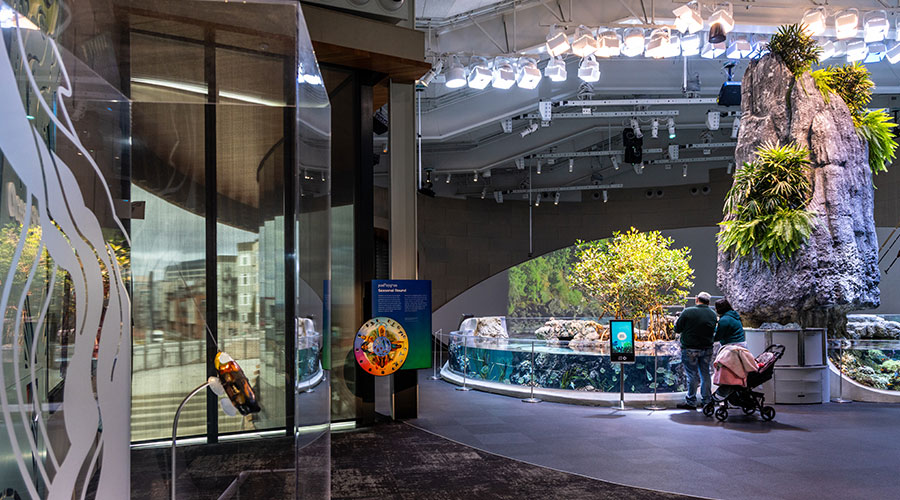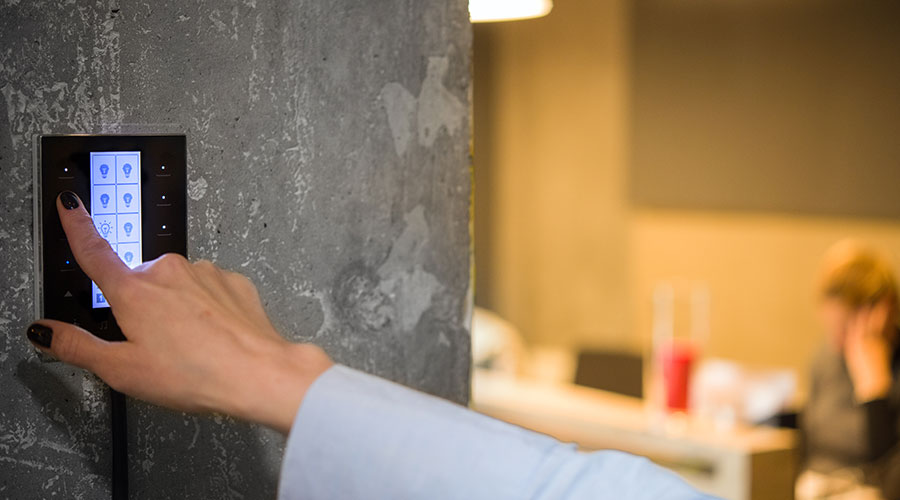Maximizing Your Lighting Savings With Utility Rebates
There are plenty of tricks to make sure that you get the most bang for your buck with utility rebate programs, whether the project is a lighting upgrade, or new chiller plant, experts say.
One thing not to overlook is combination rebates. When utilities offer prescriptive rebate programs, they may offer more lucrative rebates for facilities that combine measures. For example, if you combine a lighting upgrade with an HVAC upgrade, you may get a better percentage, or a bonus.
"You don't want to do the lighting in January and then do the HVAC in July," says Goulding. "Sit down with the utility and talk about the options."
Another way to maximize your savings is to combine utility rebates with tax incentives. Goulding calls this approach "layering the cake."
"You want to look at things like energy savings, the amount of the rebate, tax savings, and demand response incentives," Goulding says. "Many demand response programs will offer an economic incentive, sometimes for multiple years, for a permanent reduction on the grid."
Getting all those layers on the cake however can be a challenge because doing so requires crossing departments within the organization.
"It's not rocket science. We're just talking about areas in a company that don't normally intersect," he says.
Nonprofit organizations can still make use of the savings generated by a tax deduction. They just have to use an ESCO, which collects the savings and passes them on, says Audin.
Corporate tax departments are normally focused on reporting, not energy savings. And it's easy for the tax department and facilities department to make incorrect assumptions about what the other is doing, Goulding says.
Consider a large warehouse, for example. Lighting upgrades that reduce lighting by 50 percent below ASHRAE 90.1-2001 are allowed to claim a tax deduction of .60 per square foot under the Energy Policy Act (EPAct).
But a standard lighting upgrade that is designed to meet the criteria of a rebate program may not automatically reduce the lighting that far, Goulding says.
Here’s how problems can develop: The tax department may assume that the facility manager has specified lights that meet the EPAct qualifications, when all the facility manager is concerned about is the utility rebate program. In a warehouse of 1 million square feet, that oversight could mean the loss of a $600,000 deduction
Related Topics:














